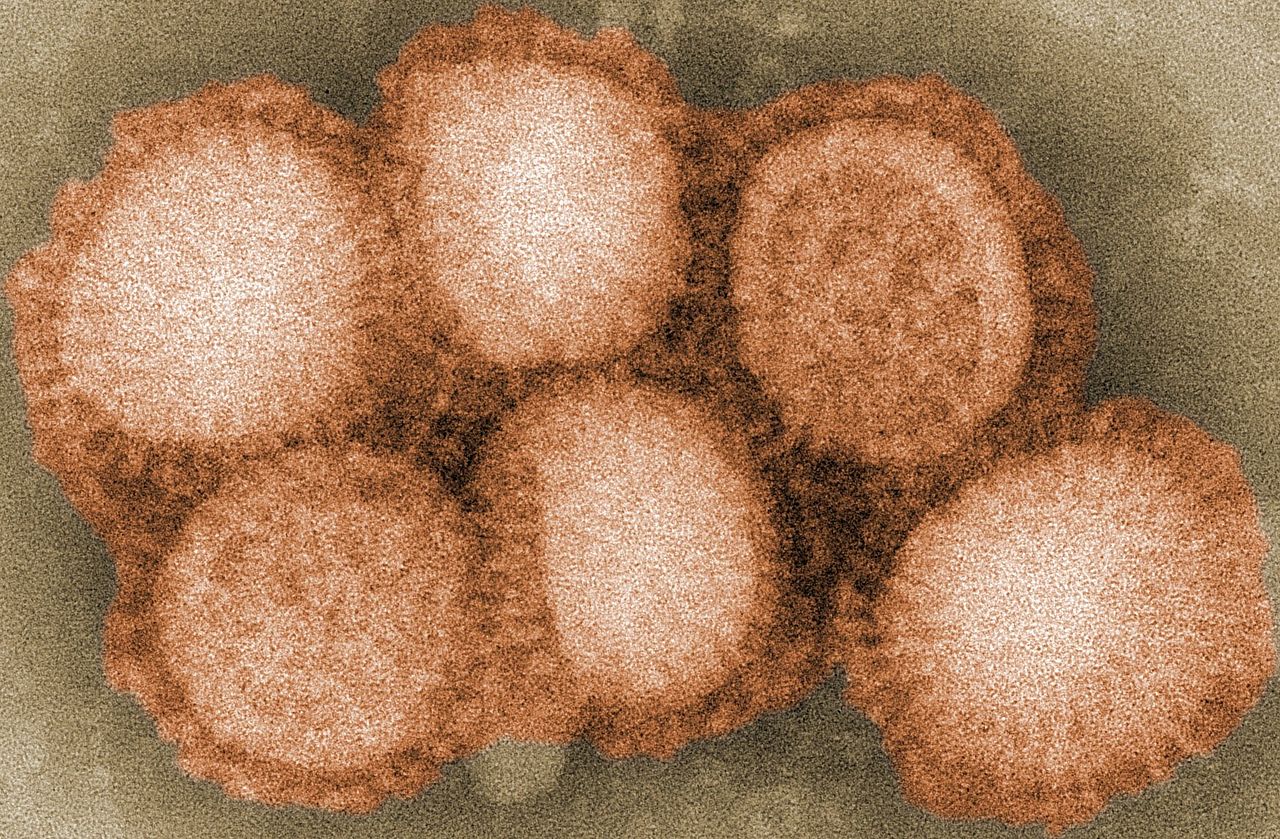from wikipedia:
"The Great Epizootic of 1872" was an 1872 outbreak of equine influenza in North America that brought the entire US economy to a virtual standstill, precipitated the Panic of 1873, and was the "most destructive recorded episode of equine influenza in history". "It was an equine tragedy so deadly that one wave of the infection swept south like a Biblical plague from its origin in Toronto, Canada, down the Atlantic Seaboard to Havana, Cuba, leaving everything in its path in ruins in weeks, while another branch simultaneously raced west to the Pacific."[5] The number of sick horses approached 100% and mortality rates ranged between 1% and 10%. Many horses were unable to stand in their stalls and those who could stand coughed violently and were too weak to pull loads. The whole street railway industry ground to a halt. Every aspect of American transportation was affected. Locomotives came to a halt as coal could not be delivered to power them while fires in many major cities raged unchecked. One fire in Boston destroyed over 700 buildings. Even the United States Army Cavalry was reduced to fighting the Apaches on foot, who likewise found their mounts too sick to do battle. The outbreak forced men to pull wagons by hand, while trains and ships full of cargo sat unloaded, tram cars stood idle and deliveries of basic community essentials were no longer being made. The effect this disease had on the US economy should not be understated. The Long Riders' Guild Academic Foundation founder CuChullaine O'Reilly "said the Great Epizootic was the worst equestrian catastrophe in the history of the United States - and perhaps the world."[6]
"The Great Epizootic of 1872" was an 1872 outbreak of equine influenza in North America that brought the entire US economy to a virtual standstill, precipitated the Panic of 1873, and was the "most destructive recorded episode of equine influenza in history". "It was an equine tragedy so deadly that one wave of the infection swept south like a Biblical plague from its origin in Toronto, Canada, down the Atlantic Seaboard to Havana, Cuba, leaving everything in its path in ruins in weeks, while another branch simultaneously raced west to the Pacific."[5] The number of sick horses approached 100% and mortality rates ranged between 1% and 10%. Many horses were unable to stand in their stalls and those who could stand coughed violently and were too weak to pull loads. The whole street railway industry ground to a halt. Every aspect of American transportation was affected. Locomotives came to a halt as coal could not be delivered to power them while fires in many major cities raged unchecked. One fire in Boston destroyed over 700 buildings. Even the United States Army Cavalry was reduced to fighting the Apaches on foot, who likewise found their mounts too sick to do battle. The outbreak forced men to pull wagons by hand, while trains and ships full of cargo sat unloaded, tram cars stood idle and deliveries of basic community essentials were no longer being made. The effect this disease had on the US economy should not be understated. The Long Riders' Guild Academic Foundation founder CuChullaine O'Reilly "said the Great Epizootic was the worst equestrian catastrophe in the history of the United States - and perhaps the world."[6]



Comment